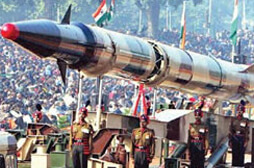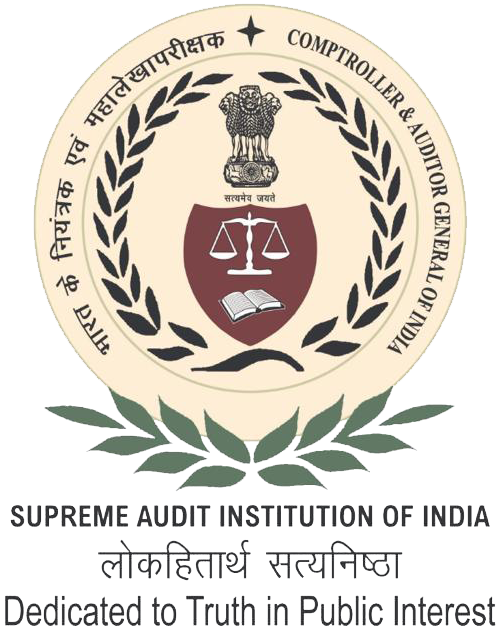- Home
- About Us
- Function
- Resources
- Tour Program
- Publication & Reports
- Employee Corner
- Contact Us
Audit Reports
Performance

Defence
Report No. 7 of 2011 - Performance Audit on Role and Functioning of Indian Coast guard
Date on which Report Tabled:
Fri 05 Aug, 2011
Date of sending the report to Government:
Government Type:
Union
Union Department
Defence
Sector
Defence and National Security
Overview
India is a major maritime nation with vital economic and security interests linked to the seas. Establishment of the Indian Coast Guard as a new service in August 1978 was the result of an awareness in the Government of India for the requirement to enforce National Laws in the waters under national jurisdiction and ensure safety of life and property at sea. It was also considered desirable that these law enforcement responsibilities be undertaken by a service suitably equipped and modelled on the Coast Guards of advanced nations like the United States of America, United Kingdom, etc leaving the Indian Navy to exercise the fleet for its wartime role.
The Coast Guard Act assigns Indian Coast Guard the principal task to protect the maritime and other national interests of India in the maritime zones of India. Other tasks include ensuring safety of life and property at sea, maritime law enforcement issues like smuggling, piracy etc. In the aftermath of the 26/11 terrorist attack on the Western coast, Audit sought to assess whether the Indian Coast Guard is equipped to handle its role in an effective and efficient manner in terms of enabling legislation, force levels, manpower and infrastructure, with a special emphasis on the operations of ICG with respect to coastal security. Audit also examined whether coastal security concerns in the wake of the 26/11 terrorist attacks have been appropriately addressed in terms of co-ordination between the multiple agencies operating in this arena.
The performance audit covers the period 2004-05 to 2009-10. The performance audit was initiated by discussing the audit scope, objectives of audit and criteria with management level at the Ministry of Defence and Coast Guard Headquarters. Audit arrived at its conclusions and framed its recommendations based upon the audit conducted at Coast Guard Headquarters (CGHQ), three Regional Headquarters, seven District Headquarters, six stations and seven aviation units. This Report has seven chapters. Chapter 1 and 2 are of introductory nature. Chapter 3 to 6 contain audit findings. In Chapter 7, the conclusions have been summarised.
Download Audit Report
- Preface
- Executive Summary
- Chapter 1 – Indian Coast Guard – An Overview
- Chapter 2 - Audit Approach and Organisation of Audit Findings
- Chapter 3 - Planning and Financial Management
- Chapter 4 – Infrastructure, Assets and Logistics
- Chapter 5 – Patrolling and Security Issues
- Chapter 6 – Other Operational Roles
- Chapter 7 – Conclusions
- Annexures
- Abbreviations

